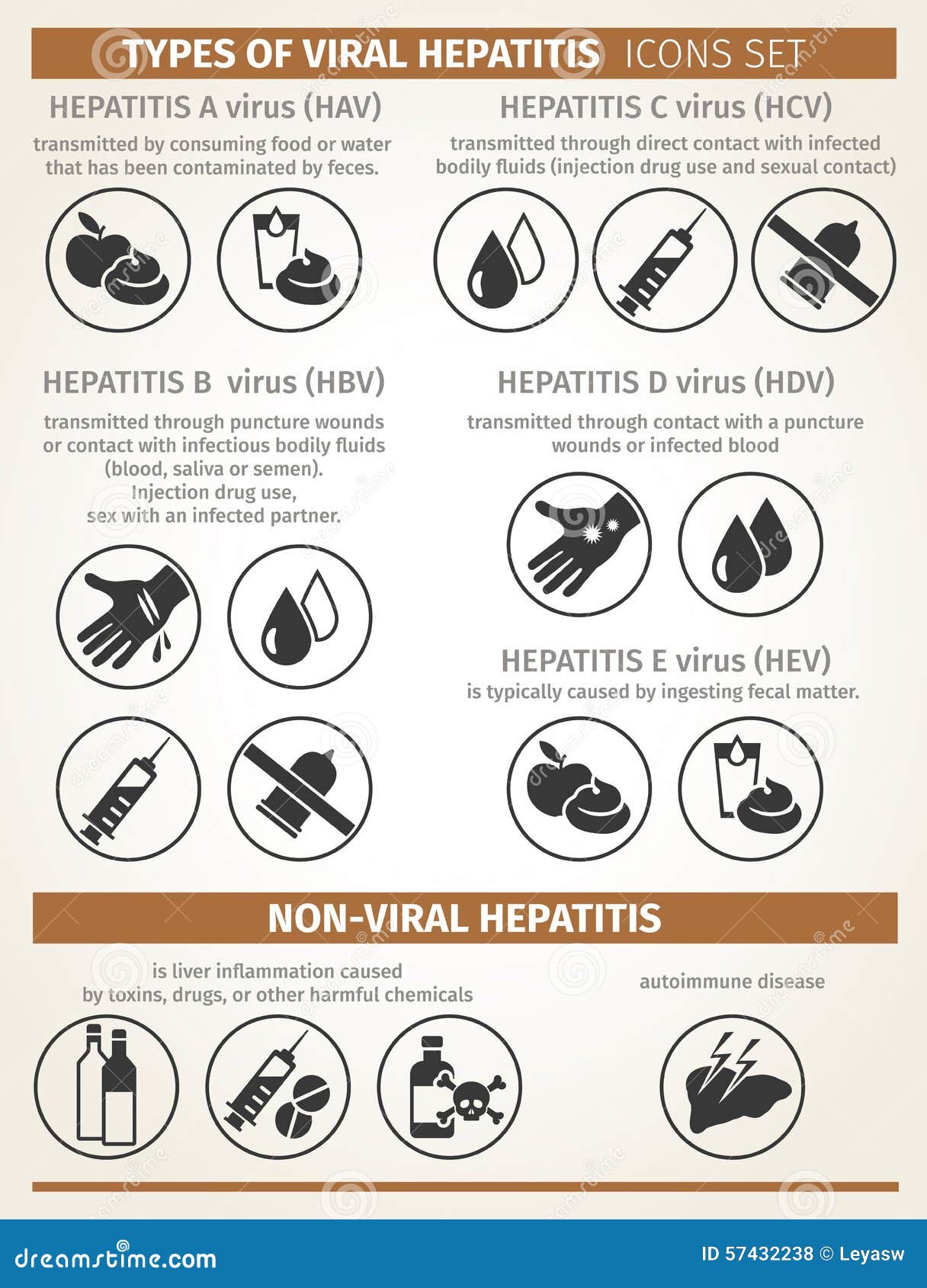
Transfusion of blood and blood products, injection drug use with shared needles, needlesticks, or wounds caused by other instruments in healthcare workers and hemodialysis are all examples of parenteral and percutaneous exposures, but parenteral mode remains the dominant mode of transmission both globally and in the United States. It is transmitted parenterally and sexually when individuals come in contact with mucous membranes or body fluids of infected individuals. In the United States, estimates are about 2.2 million people have chronic hepatitis B virus infection. Hepatitis B virus can be detected in serum, semen, vaginal mucus, saliva, and tears even at a lower level but not found in the stool, urine, or sweat. Intact hepatitis B virus virion is known as the Dane particle. Hepatitis B virus is known to have eight genotype variants but is not used in clinical practice to determine the severity of the infection.

The gene that codes for hepatitis B core antigen (HBcAg), also codes for hepatitis B e antigen (HBeAg). The nucleocapsid is coated with the hepatitis B surface antigen (HBsAg), which is a viral surface polypeptide. The composition of the viral core is nucleocapsid, hepatitis B core antigen (HBcAg), which surrounds hepatitis B virus DNA, and DNA polymerase. Hepatitis B virus is a DNA virus and is a member of the Hepadnaviridae family. People who come in contact with infected individuals are also at risk, and the secondary infection rate for household contacts is about 20%, which may also play a more prominent role in the maintenance of hepatitis A virus outbreaks. International travel is the most significant risk factor identified from the cases reported in the United States. It is more commonly encountered in developing countries where due to poverty and lack of sanitation, there is a higher chance of fecal-oral spread. The most common mode of transmission of hepatitis A is via the fecal-oral route from contact with food, water, or objects contaminated by fecal matter from an infected individual. It is usually present in the highest concentration in the stool of infected individuals with the greatest viral load shedding occurring during the end of the incubation period. Hepatitis A is an RNA virus from the Picornaviridae family. Hepatitis A, B, C, and D are endemic to the United States with hepatitis A, B, and C viruses causing 90% of acute viral hepatitis in the United States and Hepatitis C being the most common cause of chronic hepatitis. It is unclear whether the Hepatitis G virus is pathogenic in humans or not. Most of the time, hepatitis results from hepatitis viruses A, B, C, D, and E. In contrast, chronic hepatitis can cause liver damage that includes liver fibrosis, cirrhosis, hepatocellular carcinoma, and features of portal hypertension leading to significant morbidity and mortality. Acute hepatitis is usually self-resolving but can cause fulminant liver failure depending on the etiology.

If inflammation of the liver lasts for less than 6 months, then it is termed as acute hepatitis and if it lasts longer than 6 months it is termed as chronic hepatitis. Hepatitis can be further classified into acute and chronic based on the duration of the inflammation/insult to the liver. Based on the etiology of hepatitis, the severity can range from mild and self-limiting to severe illness requiring liver transplantation. The other types of viral hepatitis are hepatitis D and E and are less frequently encountered. In the United States, the most common types of viral hepatitis are Hepatitis A, Hepatitis B, and Hepatitis C.

However, the most frequent cause of hepatitis is due to a viral infection and is referred to as viral hepatitis. Hepatitis is defined as inflammation of the liver that can result from a variety of causes such as heavy alcohol use, autoimmune, drugs, or toxins.


 0 kommentar(er)
0 kommentar(er)
